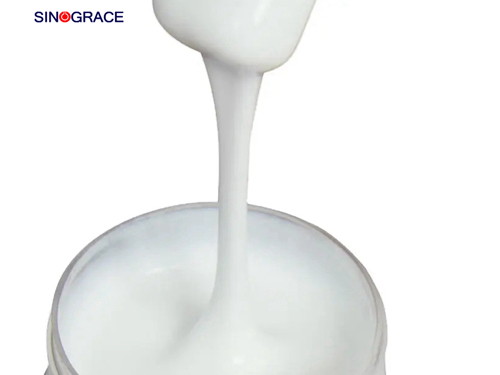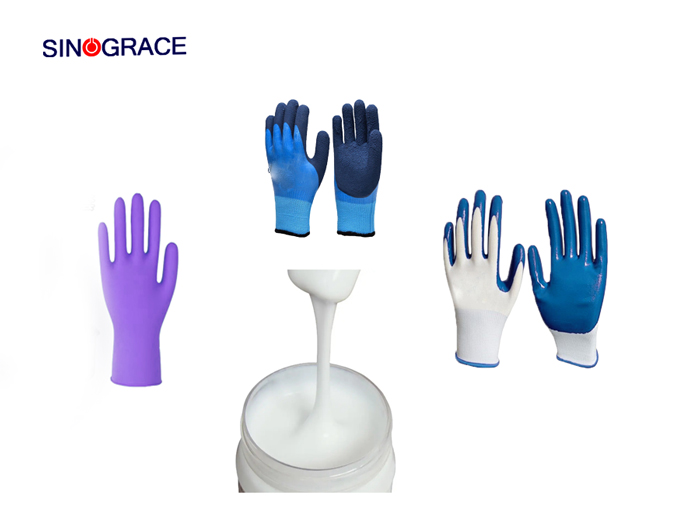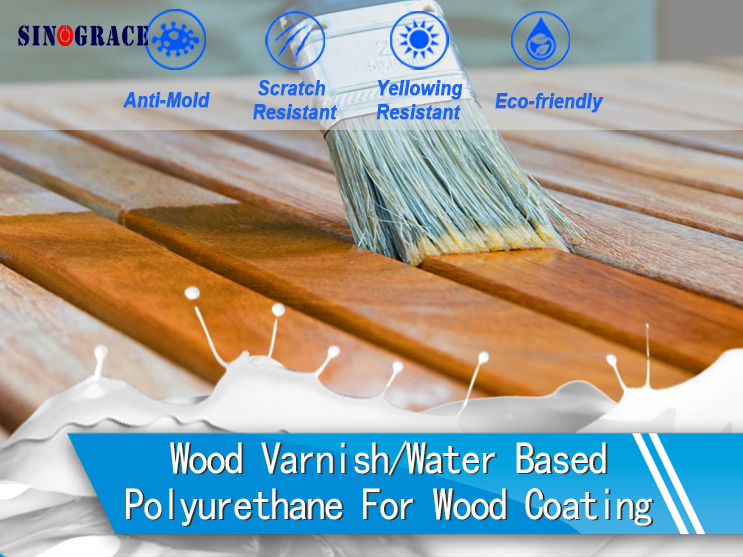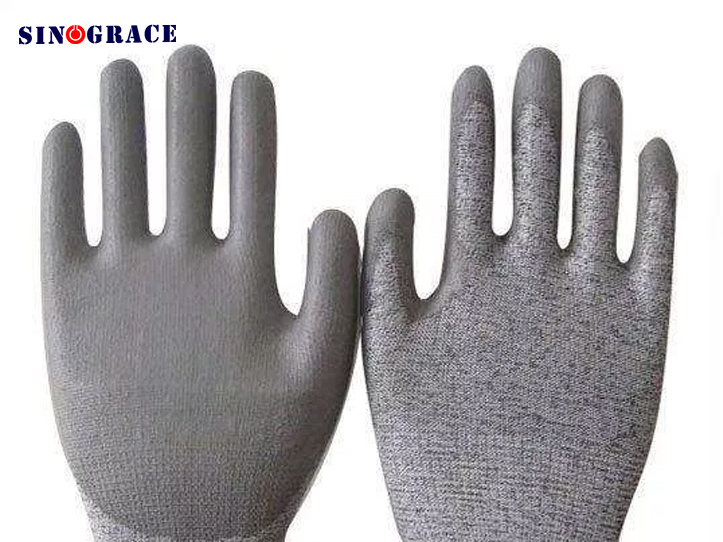Enter the waterborne polyurethane, understand its characteristics and application
Waterborne polyurethane is the abbreviation of polyurethane (polyurethane), usually defined as a polymer compound containing repeated polyurethane bond structural units NH, CO, O on the main chain of the polymer chain, called waterborne polyurethane. Its structure is Co-NH - R - NH - CO - O - R - O, usually by binary or polyisocyanate and containing two or more active hydrogen compounds through the gradual polymerization reaction polymerization. In addition to the formation of carbamate groups, urea, biuret and other groups are also formed. Therefore, in a general sense, waterborne polyurethanes are adducts of isocyanates. In the specific synthesis, according to the difference in the number of functional groups of the commonly used raw materials, the water-based polyurethane resin can be made into a linear structure or a body structure, and the properties and uses of the obtained water-based polyurethane emulsion are different. Characteristics of waterborne polyurethane High elasticity, cost-effective Easy to use, easy to modify Safe and non-toxic, not easy to burn, strong adhesion, high and low temperature resistance, easy storage and storage Application of waterborne polyurethane Textile industry Because the permeability of WPU is much smaller than that of solvent-based polyurethane, it can be used as a finishing agent on thin layer fabrics to maintain the softness of the fabric, improve the dyeing depth, fastness, and improve the wear resistance, wrinkle resistance, resilience, water resistance, heat resistance and washing resistance of the fabric. Automobile industry In the automotive industry, WPU coatings are widely used in car body parts, interior and exterior trim parts, especially in various plastic parts, coatings used in body surface coating (that is, automotive paint) and repair paint for body repair, etc., which can significantly reduce VOC emissions. Woodwork Another major application area of WPU paint is wood paint, which is not only flexible, wear resistant, low temperature film forming and fullness, but also has high strength and no adhesion. Construction industry Architectural coatings may be one of the largest application areas of WPU coatings in the future, especially when mixed with acrylic emulsions, which can meet the requirements of architectural coatings for elasticity, stain resistance, weather resistance and reasonable cost. Coating industry Common waterborne polyurethane coatings are flammable in the air, which has great safety risks, and poor water resistance, and limited application fields. Waterborne polyurethane coatings with special properties, such as flame retardant, anticorrosive, waterproof and mildew proof, have been developed to expand their application range. In addition to the above functional waterborne polyurethane coatings, researchers have developed functional waterborne polyurethane coatings such as conductivity, environmental protection, shock absorption, biodegradation and self-healing according to ...
read more

 English
English français
français русский
русский español
español العربية
العربية








